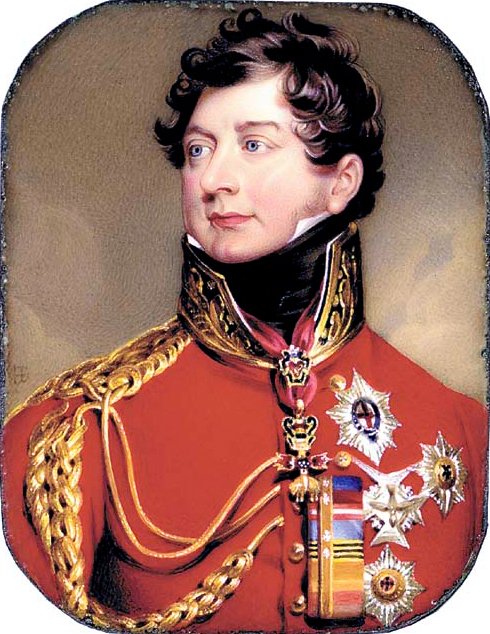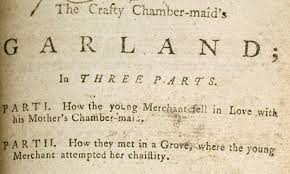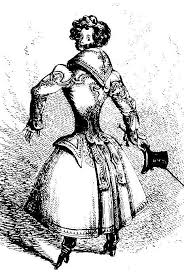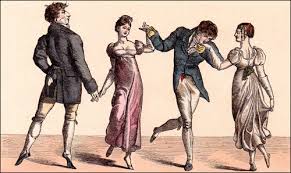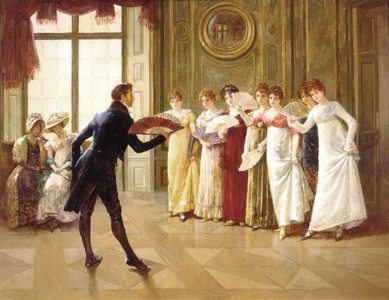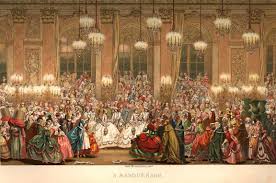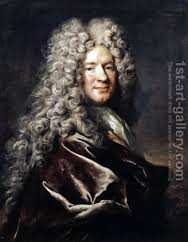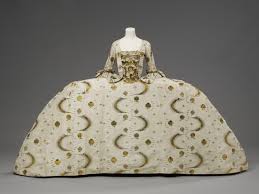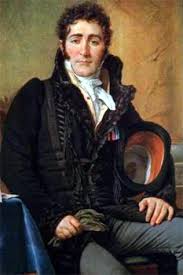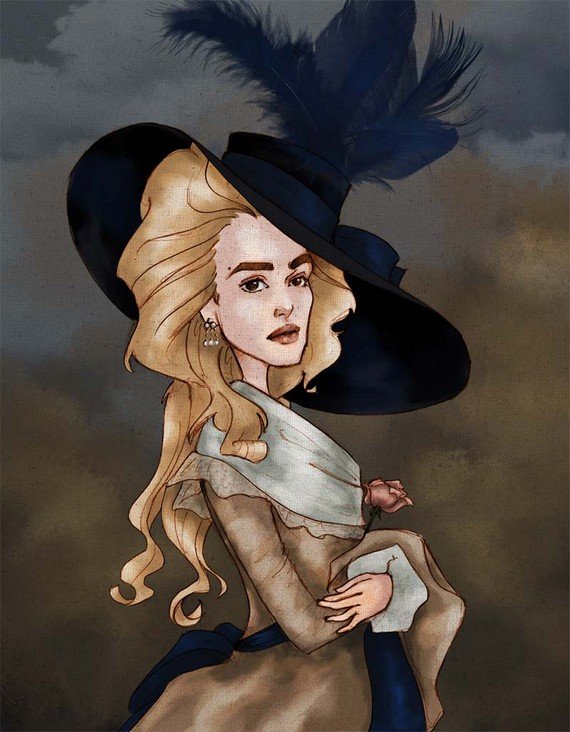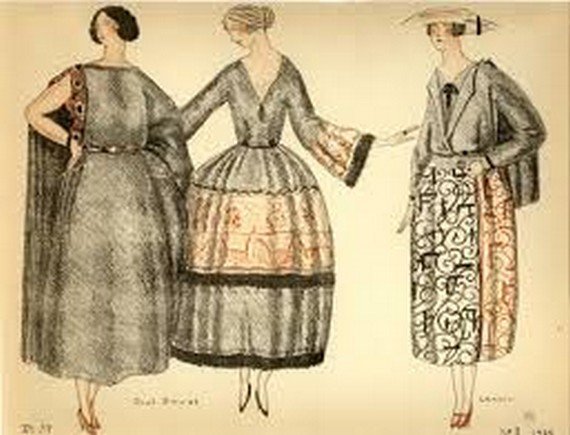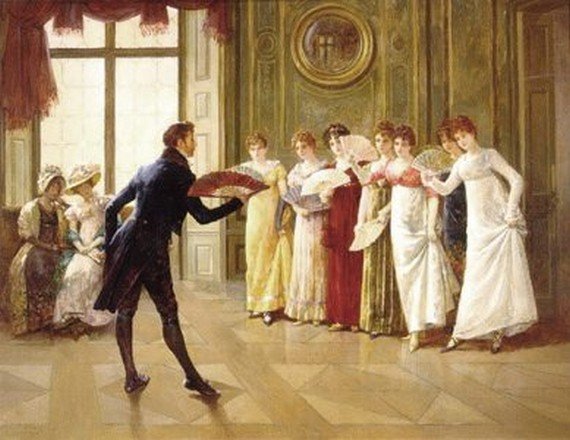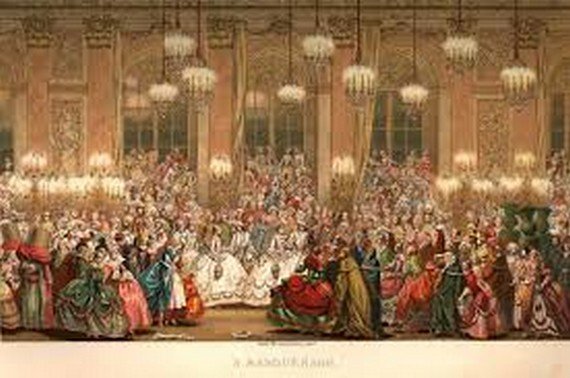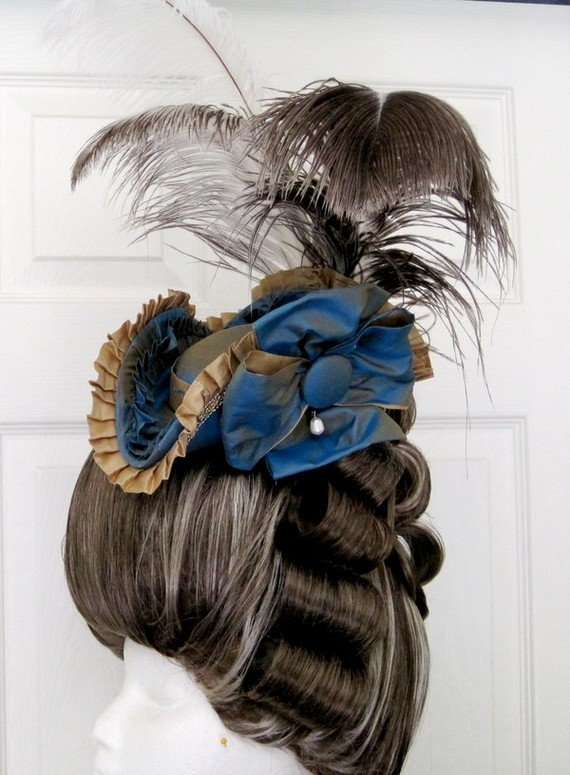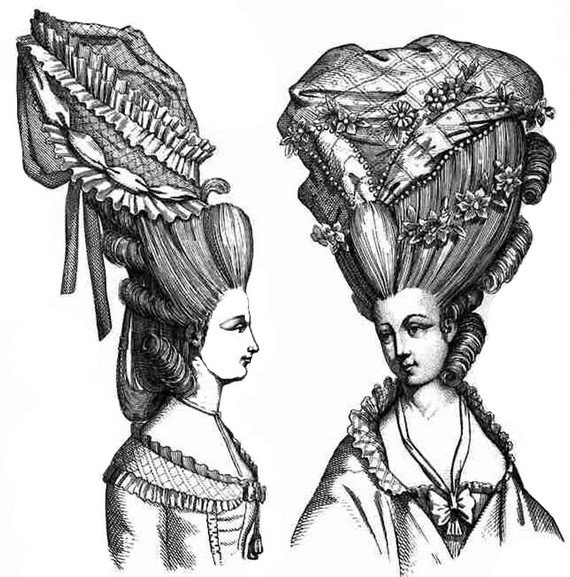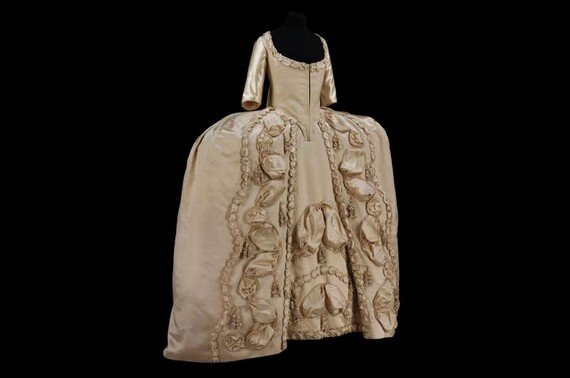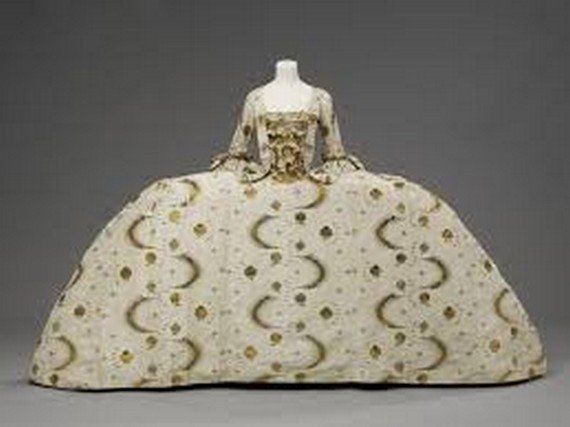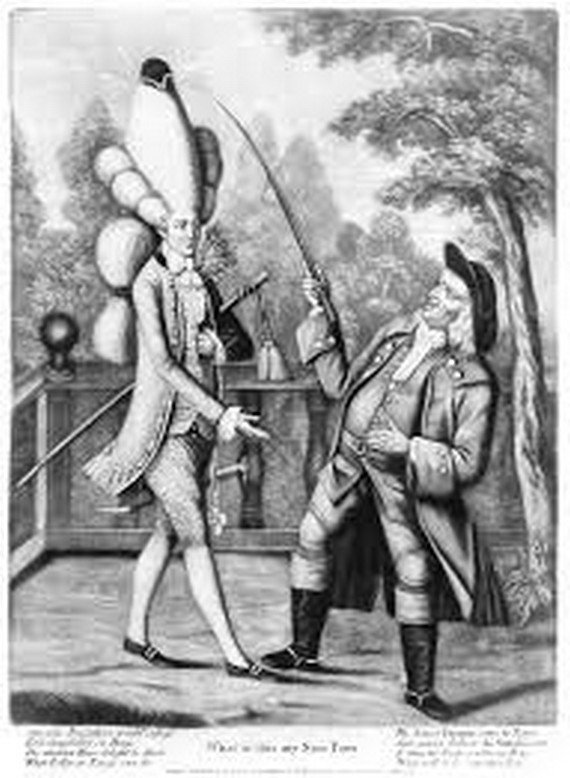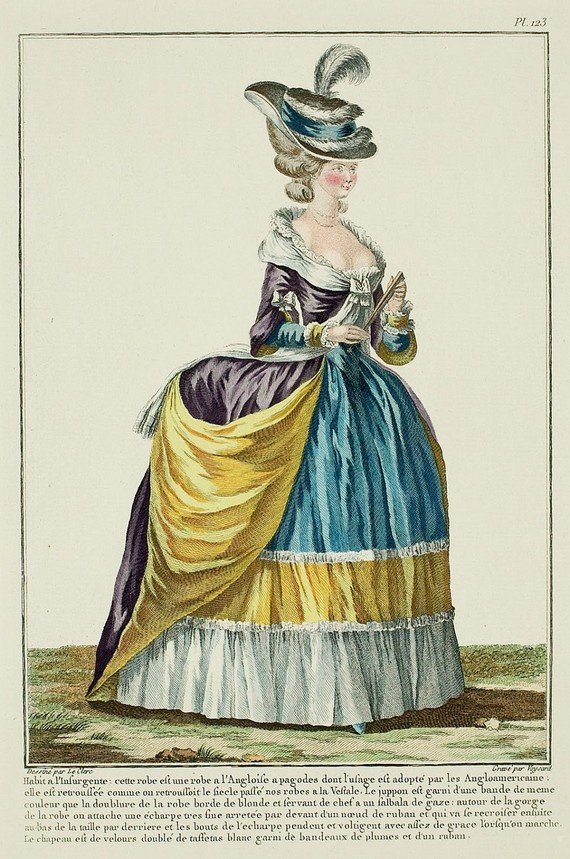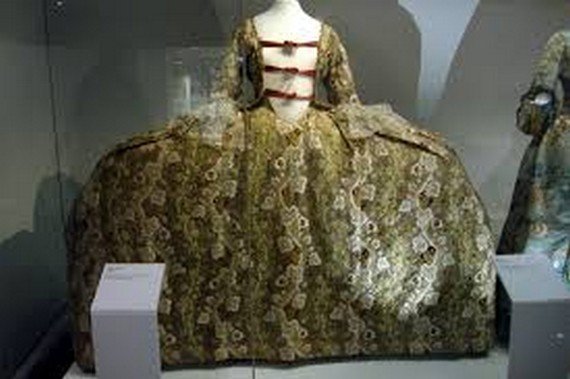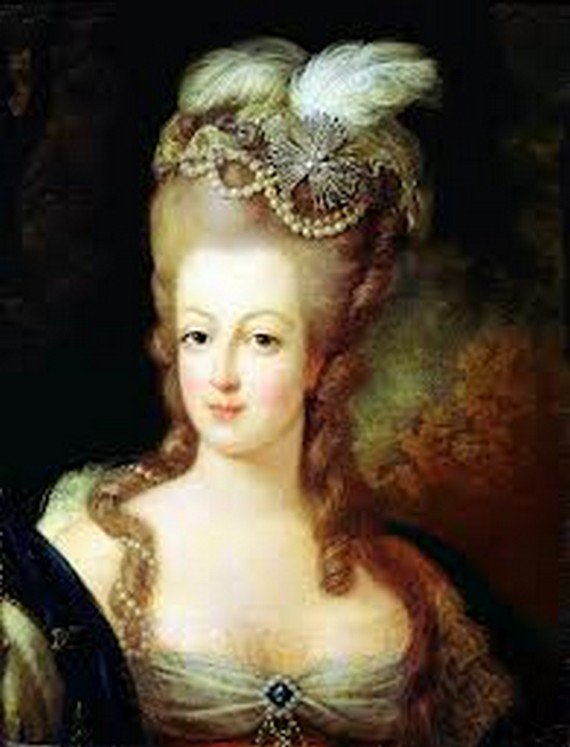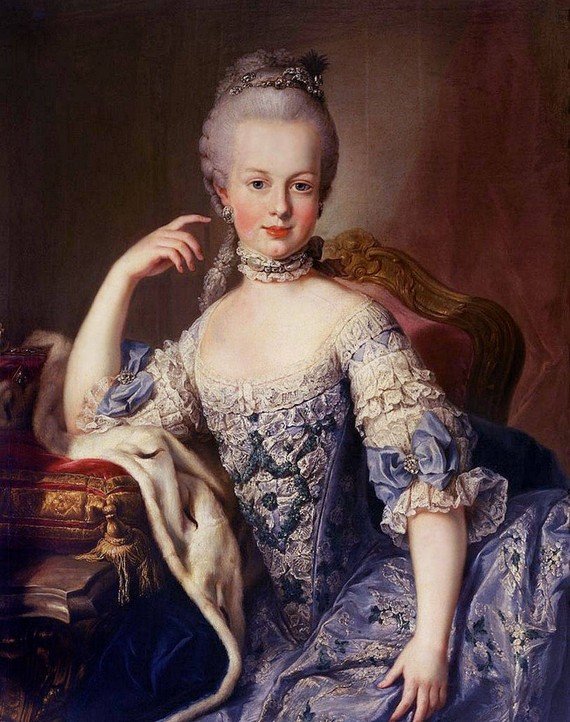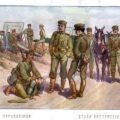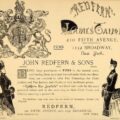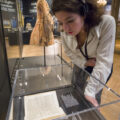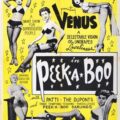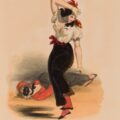Georgian Fashion – 1714 – 1830 Fashion and clothing
October 7, 2014Georgian fashion developed in a time of social liberalism and this was reflected in the fashions of the time. Never before had anyone been so interested and so aware of how they dressed and the image they conveyed to the outside world.
The four Georges
The Georgian era consisted of the Hanoverian kings who were all called George, hence the Georgian era which was named after them. The four Georges covered the years 1714 to 1830 with a period within it known as the Regency, where the son of George IV ruled over England on behalf of his father during a period of illness.
Those liberal Georgians
Although the Victorian era was a conservative one where sex was idealised and the woman became the angel in the house, the Georgian period and Georgian fashion was far more daring with pornographic literature being readily available and erotic manuals being read aloud in ale houses.
As opposed to the period before and after, during the Georgian period, homosexuality was extremely popular with cross dressing rent boys providing entertainment quite openly. Contraceptives were sold in daylight in the street, and it wasn’t uncommon for extra-marital affairs to be conducted without much attempt at concealment.
Only for the rich and well connected
Of course these liberal mores and loose living was only for the rich and well connected and of course, the aristocracy. They set the standard for social behaviour for their class as well as setting the standard for male and female dress in Georgian fashion.
Ton
Up to and including during the Regency period high society was known for their manners and fashionable dress. The word “ton” or “le bon ton” from the French, was about class consciousness, social hierarchy and high fashion. You could only really join in if you were part of the “it” crowd.
If you were part of the crowd then it was a life of exuberance, excess and indulgence. Scandal was often overlooked for the well connected and the aristocracy. The season when parliament opened was a time for balls, masquerades, theatre and parties, and a time for the rich and infamous to put on their best clothes and venture out.
Daring dresses
Georgian fashion changed slightly and towards the end of the century dressing became more conservative for both men and women. At the height of the Georgian period, low cleavages, that even today would be considered shocking, came with necklines plunging so low the breasts almost fell out, and there were occasions when they did. Pictures featuring women dressed in this fashion during the height of the Georgian period were often censored in later, more conservative times, but any sketches of Georgian fashion clothing from this period, reveal a quite daringly dressed woman with nipples protruding from necklines and women practically falling out of their dresses.
Powdered wigs and mantuas
The restoration of King Charles II saw a period of prosperity and this resulted in a fashion conscious crowd and this would continue throughout much of the 18th century with women wearing a “mantua” with a linen smock for an undergarment. The mantua was a full length coat like dress with elbow length sleeves that were worn over the smock and bodice. Towards the end of the 17th century, the mantua would change again, worn open with decorative panels which came to be known as a “stomacher” and pinned to the bodice beneath. There would be elaborate headdresses of lace and tall caps. In the 18th century powdered wigs were the norm for both men and women, which took a lot of care and attention. Women looked to Marie Antoinette and Lady Georgiana, the Duchess of Devonshire for Georgian fashion inspiration.
Beau Brummel
Men’s fashion was equally flamboyant to match the liberal period they lived in with powdered wigs, collared frock coats, and the early to mid-1800s Beau Brummel provided a fashionable figure to follow in terms of what to and what not to wear. Towards the end of the Georgian period both women and men dressed more conservatively with high bodies and simpler dresses for women and a plainer more formal dress for men.
The Victorian era and after
The Victorian period would bring with it a conservative and more restrained period of social mores, with sexuality kept hidden behind closed doors and a more conservative form of dress becoming the norm. Scandal still occurred but it was kept in the closet, keeping the image of family life as the perfect example of how to live. Women’s bodies would be completely covered up – things would change towards the end of the Edwardian period however,with a slowly shrinking hemline over a period of ten years, and by the time the twenties arrived a more liberal and modern period of living was well on its way.
The Georgians in Fashion part 2
The Sylph – an insight into a world
When Georgiana, Duchess of Devonshire published her only novel “The Sylph,” it was met with shock within the circles she mixed with, and prompted one to suggest it was “obscene.” At the time Georgiana had written the book under the pseudonym of Fanny Burney, but it wasn’t long before the contents within gave the game away revealing the real author,the 20 year old Georgiana.
The book was a triumph and despite the shock it caused it went through 4 separate editions. Gentleman’s Magazine in 1779 suggested that it “Displays too great a knowledge of the ton, and the worst part of the world to be the work of a young lady.”
Although a piece of fiction it was in many ways autobiographical, describing the inner circle of the Devonshire set, and in some cases did not even attempt to disguise some of the people she’d written about.Georgiana had emerged herself in the life of the ton as, unbeknownst to the wider public – her marriage to the 5th Duke of Devonshire up until that point had not been a happy one.She had suffered frequent miscarriages and found herself at the centre of a ménage a trois with her husband and a former friend.
The ton
As we’ve already touched on in earlier blogs, the ton, put simply, was to be fashionable,it encompassed etiquette, good manners, and of course fashion. Georgiana’s immediate circles would certainly have been at the centre of the ton, or as the French called it “Le Bon Ton.”
For those outside the elite, following ton wasn’t as easy as it may have first seemed. You needn’t necessarily have been born into a life of royalty and wealth, but you needed to be accepted and if you weren’t, then you were not part of the ton.
It was certainly a life of indulgence, and if you really wanted to break society’s conventions then you had to be high up enough in status and wealth to do it. It was nothing for members of the aristocracy to conduct affairs outside their marriage or have illegitimate children. Activities with consequences, that had they been carried out by someone lower down the pecking order, would have been highly disapproved of.
Needless to say Georgiana’s own life became mired in drink and drug addiction, only matched by a serious gambling habit that would eventually fall outside her control. It would be her husband who eventually cleared her debts.
The Season
The “season” was a time when Parliament opened and was between late January and early July. This has been touched on in an earlier blog, but what’s interesting during this period was the amount of entertainment that was laid on during this period, such as masquerades, theatre parties, balls, giving ample opportunity for those considered part of the ton, to readily enjoy their opulent lifestyle and socialize with other members of this exclusive social “club.” It was also an opportunity for those with older marriageable girls to be introduced into society in the hope of finding a husband.
Fashions of the ton
As you can imagine, and as we’ve already seen before, fashions of the ton were excessive and extremely ostentatious. In the Sylph, Georgiana’s character Julia Stanley is at the centre of this world and we are given a glimpse into the lives of rich and infamous, how they lived and how they dressed. Georgiana would have known a great deal about her subject, her own fashion creations especially could be astonishing. When powdered wigs were at their height of popularity, Georgiana succeeded in leading the fashion pack with her own creations. The first came to be known as the “feather headdress affair,” which consisted of 3ft ostrich feathers which had been imported from Paris. These were scarce, and many women were forced to ask undertakers for feathers from their horses’ plumage in order to copy the look.
Georgian Fashion – Hair scaffolding
Georgiana’s hair styles as well as heir imaginative hair plumage was quite impressive. One of her hair creations consisted of a farm scene or “pastoral tableau” with miniature sheep, there was also one with a nautical theme with ships and sailors, which had been cleverly placed among her curls. She also created the picture hat and created a fashion for the free flowing muslin dress held together with a simple ribbon around the waist.
The Sylph is a fascinating insight into the lives of the Devonshire circle and the life of Georgiana through her character Julia Stanley and a unique glimpse into the clothes, glamour and attitudes of the aristocracy of the early 18th century.
If you do decide to indulge in the fashions and there’s plenty of inspiration out there, including some of Vivienne Westwood’s creations, then make sure you match the clothes with an unapologetic attitude and a devil may care approach to life.
Georgian fashion and clothing
Georgian Fashion – The trail blazers
Last week we looked at the social liberalism and resulting fashions of the Georgian period. Today, we’re going to take a closer look at some of the most colourful and influential characters of the period, which helped to create some of the most interesting trends, both here and in France.
Georgian Fashion – France and Rococo
The liberal attitudes towards sexuality during the Georgian period were being reflected in how people dressed, with plunging necklines, extravagant fabrics and flamboyant hair. Most of these looks had already trickled down from France, with the rococo period, with excessively ornate hair and beautifully embroidered fabrics.
Followers of fashion
Some of the most influential fashion trend setters were royalty and in France, in the years leading up to the Revolution, Marie Antoinette was an early version of what we would now call a fashion icon. In England, Georgiana, the Duchess of Devonshire was leading the way in terms of creating her own trends,including elaborate hairstyles and extravagant accessories. They were similar in terms of background and marital circumstances, which we will come to later.
Georgian Fashion – Fashion designers
In the meantime, during the early Georgian period, fashion designers were becoming more influential as their designs caught on and their ideas trickled down to the middle and lower classes. Fashion magazines became popular, with illustrations and articles of great interest to those who followed fashion.
A woman’s silhouette changed dramatically during this time with the pannier, we’ve already talked about the stomacher and the mantua, but the pannier was a wide hoop worn under a skirt providing a wide shape to the hips, everyday living required much smaller ones. Waists were drawn in by corsets and the stomacher, with plunging necklines for the more daring and pagoda sleeves that were to become fashionable halfway through the 18th century. Pagoda sleeves were tight from shoulder to elbow and ended with a flare, decorated with ribbons and lace. Shoes were made from heavy materials, were lightly coloured and accessorised extravagantly.
Georgian Fashion – Marie Antoinette, Queen of France
As we’ve already seen, it was the aristocracy that blazed a trail for fashion fans to follow during the Georgian period – Marie Antoinette was married to the Dauphin of France Louis-Auguste and became the Dauphine of France. When Louis’ father died in 1774 she became the Queen. She was only fourteen when she married the future Kind of France and her marriage was not a happy one, and as a result spent her time indulging in fashion and spending her husband’s money. She was an intelligent woman who, although never as politically involved as Georgiana became, was far cleverer than she’s been portrayed over the years.
Marie-Jeanne Bertin or Rose Bertin
Her dresser was Marie-Jeanne Bertin, who would become her “Minister of Fashion,” it was she that created the trends the Queen would emulate, such as the formal court dress, muslin country gowns and high hair styles, although Leonard Autie was also credited with designing elaborate hairstyles for Marie. This would start a trend that would reach ridiculous proportions, with women wearing their hair so high, they’d have to lie on the floor of their coaches, or stick their heads out of windows when travelling to social gatherings.
Rose Bertin as she would become known – would dress the entire Royal Family, including the royal portrait painter Elisabeth Vigee le Brun and many foreign queens. She was denounced heavily in the days and weeks leading up to the French Revolution with pamphlets and leaflets criticising her flamboyant gowns and her active encouragement of ostentation and luxury among the rich, while people starved.
Georgian Fashion – The French Revolution
After the Royal Family were arrested Rose would still design gowns for the Royal Family, and supply Marie Antoinette with the last one she would ever wear. Following the executions, Bertin would come to England and live in London until the latter part of the 18th century, when she returned to Paris, but her fame and notoriety as a fashion designer to the royals had long been snuffed out following the Revolution.
Georgiana, Duchess of Devonshire
Georgiana, Duchess of Devonshire married young and was unhappy for most of her married life, in much the same way as Marie Antoinette. She also threw herself into the world of fashion starting her own trends, with 3ft ostrich feathers and tall hair styles. She would also favour the muslin dress with a simple ribbon tied round the waist, going from ostentation to simplicity at a whim. Again like, Marie Antoinette, Georgiana was an intelligent woman who wrote books and was an enthusiastic supporter of the Whigs (as well as the powdered variety!). She, like Marie Antoinette, was born in the wrong time and the wrong place, but like her, was a fashion trail blazer and someone who wasn’t afraid of breaking the rules. Those below her followed suit and the Georgian period was set alight with decedent fashions and socially liberal behaviour.
Georgian Fashion – A heavy price to pay
For Georgiana and Marie Antoinette there would be a heavy price for their hedonism, a price those below them in the middle and lower classes would not have to pay, but they remain two of the most enigmatic and exciting leaders of Georgian fashion from the period.
Dress like a Georgian – if you dare
Georgian fashion can be emulated, but not quite adhered to so strictly – hair can be worn up, piled high with the necessary accessories and adornments. The pagoda sleeves can be worn in a kimono style, lace and ribbons can be sewn on to the ends of the sleeves. Wide A line skirts with interesting prints are quite the thing right now and a fifties one worn with a plain kimono, would create quite an interesting silhouette. Corsets are easy to come by, although uncomfortable, they create a stunning silhouette pushing the breasts up for a real Georgian tribute. The Georgian period still continues to inspire in terms of architecture, interior design and most especially Georgian fashion – and likely to be one of the most exciting periods of changing fashion trends you can think of.
Georgian Fashion – Pirates and cleavage
Think of the eighties during the height of Vivienne Westwood’s creative period when she emulated the Regency Georgian fashion with brocade jackets and tight knee length pants that would evolve into the pirate look. Or think back to the corsets and emphasis on cleavage which is still seen today. Georgian fashion will no doubt continue to offer fashion plenty of inspiration creating some awe inspiring looks to emulate.
Georgian look vivienne westwood
duchess_of_devonshire
Georgian vivienne westwood plunging necklines



